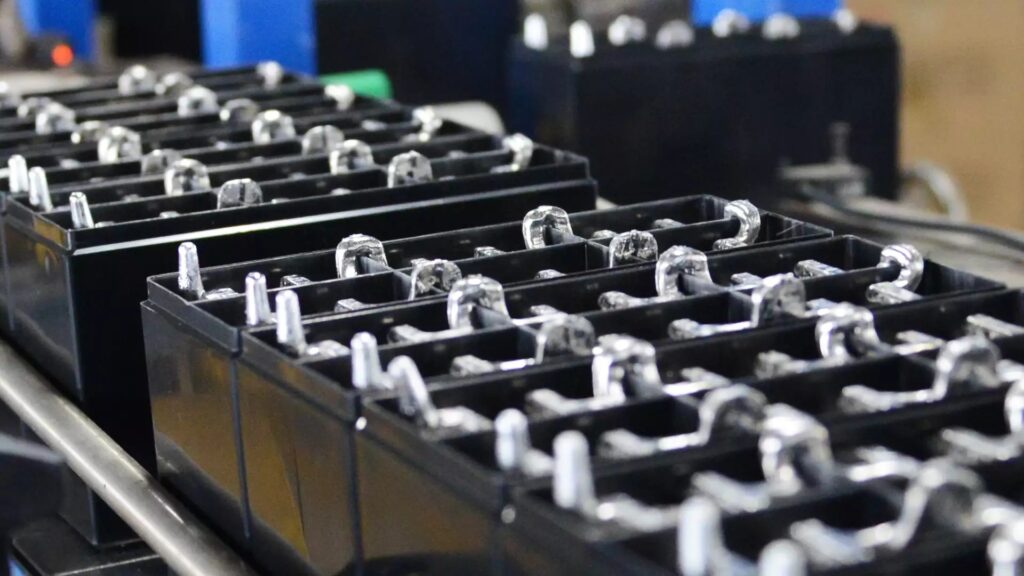Lead-acid batteries, while an older technology compared to more modern lithium-ion batteries, do have some advantages and continue to be used in various applications.
- Cost-Effectiveness: Lead-acid batteries are generally less expensive to manufacture compared to lithium-ion batteries. This cost advantage makes them attractive for applications where upfront costs are a significant consideration.
- Mature Technology: Lead-acid batteries have been around for a long time, and the technology is well understood. This means that there is a wealth of knowledge and expertise in designing, manufacturing, and maintaining lead-acid batteries.
- Recyclability: Lead-acid batteries are highly recyclable, with a recycling rate of over 99%. The lead and plastic components can be recycled and used to manufacture new batteries, reducing the environmental impact of battery disposal.
- Reliability: Lead-acid batteries are known for their reliability and robustness. They can withstand a wide range of operating conditions and are less prone to thermal runaway compared to some other battery chemistries.
- Availability: Lead-acid batteries are widely available and can be found in many different sizes and configurations. This makes them a convenient choice for a variety of applications.
- Safety: Lead-acid batteries are generally considered to be safer than some other battery chemistries, such as lithium-ion, especially in terms of fire risk.
While lead-acid batteries have these advantages, it’s important to note that they also have limitations, such as lower energy density and shorter cycle life compared to lithium-ion batteries. The choice between lead-acid and lithium-ion batteries depends on the specific requirements of the application, including factors such as energy density, cycle life, cost, and environmental considerations.


